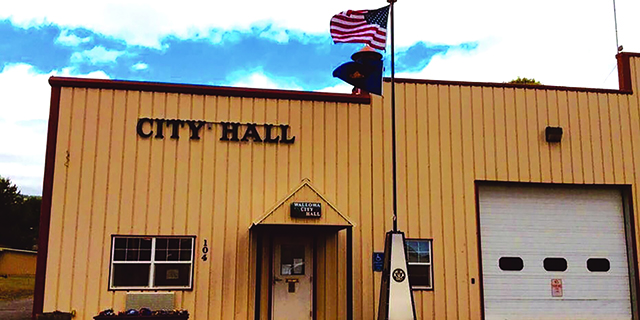JABBERWOCK II: Personal storyteller conveys empathy
Published 4:00 pm Tuesday, February 25, 2014
Paul Young walks on stage wearing one of those Bluetooth microphones you cant see from afar and shares, within two hours, highlights of his journey through life that already includes an abused childhood, a short bout with adultery that almost cost him a marriage he values dearly, and a near suicide.
His story might differ little from the American norm, yet Young is in the limelight because of a novel hes written thats already sold more than 10 million copies and, at last count, been on the New York Times Bestseller list for 172 consecutive weeks, 70 of those weeks in the #1 position.
Trending
Youngs book, The Shack, is a thriller set in some remote corner of the world. I think its called Wallowa County, Oregon.
Recently speaking in storytelling style to a crowd of more than a thousand, Young delivered the package; sharing the stage with giant screens of himself speaking, showing short videos and cartoons on those screens, and periodically stepping aside to allow a much-awarded pianist/vocalist to soothe wounds his sometimes-rough tales had opened.
It might have been defined as a show, but it definitely wasnt an act. Youngs tears were real.
Raised by missionary parents in New Guinea where he never knew he was the only white kid in the tribe until age 6, Young was sent as a youth to a missionary boarding school where what trust he then had, slim at most, was shattered. His innocence already gone, Young was warned that telling anyone what happened to him at that school would send his entire tribe to hell.
He spoke freely of one day in 1994, long before The Shack was written, as being the turning point in his life. On that day, he said, his wife confronted him about a three-month affair he was having with her best friend. Wounds went deep, trust levels bottomed, and yet after 11 years they looked each other in the eye and agreed the journey of healing had been worth it. Weathering that elongated storm had solidified their relationship like never before.
Only briefly did Young tell of a trip to Mexico City made for the express purpose of trying to take his life in a place where his wife and their six children never would find him. A public speaker now in high demand, Young did refer to an earlier speaking engagement where hed elaborated on the Mexico City trip. After that talk, he said, a European man approached and handed him a message. It read, Thank you. This trip to America was to have been my Mexico City. They then hugged and cried, aware of what each had avoided.
Trending
Its not the money that pushes Paul Young on stage all over the world. The sale of more than 10 million novels might meet that need. Id say its the fact he cares and wants to share his story in hopes such will help others.
One short cartoon on the big screen visually defined the difference between empathy and sympathy.
One character, overwhelmed by despair, fell from a colorful landscape into a black hole. Another, representing empathy, climbed a ladder down into that dark hole to sit and spend time comforting the despondent soul.
Another character, representing sympathy (pity and sorrow for someone elses misfortune), peeked into darkness and yelled, I hope youre doing OK down there!
Many, like Paul Young, are filled with empathy they feel compelled to share. The good news is that the stage on which empathy successfully can be given need not be large.
Jabberwock II columnist Rocky Wilson is a reporter for the Chieftain.









